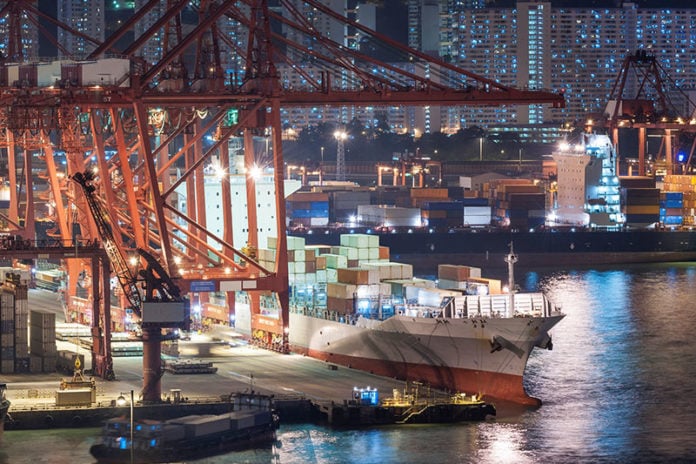The Chinese have cut their purchases of two crucial US exports: soybeans and trash.
That’s right, folks. The price of US soybeans has dropped 17 percent over the last six weeks, to about $8.50, their lowest price in almost a decade. This is because of China’s retaliatory tariffs on US soybean imports.
Chinese buyers historically buy about 60 percent of the soybeans produced in America. That’s down to a mere 17 percent so far this year. (And we’re talking about soybean futures, advanced purchases of crops that’ll be harvested come fall.)
Instead of buying US beans, the Chinese are buying Brazillian beans instead.
And while that’s driving down the price of US soybeans, it’s also driven a tremendous increase in purchases from other nations. All other importers advance purchases of the coming US soybean crops have increased by 127 percent compared with the same period last year.
So even though Chinese soy purchases are dropping, others are picking up the slack.
Perhaps the more frightening issue at the moment is the changes the Chinese have made to the kind of US recyclables they’re willing to buy.
Last year, China alone accounted for more than half of the scrap materials exported by the US. They buy our trash, packed in gigantic bales by our recycling facilities, and then re-purpose it for their own industrial use. It’s good for the environment, it’s cheaper for the Chinese, and it’s a source of jobs here at home. Everybody wins.
But now the Chinese are refusing to take our garbage any more. In January China changed its rules surrounding what kind of paper and plastic waste it would import from the rest of the world. A new environmental policy, pushed by Beijing, has closed off the market to most paper and plastic waste and recyclables.
In fact, US waste industry reps believe that China will have closed its doors to all recycled material by 2020, a time-frame that will put a lot of recycling centers out of business. There just isn’t another international market that can absorb the junk China is turning away; when the biggest buyer in the world stops buying, suppliers will be out of luck.
And although the Chinese will still take scrap cardboard and scrap metal at the moment, they’ve set a contamination limit of 0.5 percent. Recycling industry pros will tell you that’s an impossibly low standard to meet, when we’re talking about scrap materials.
Especially because Americans are actually really bad about putting non recyclable materials into the recycling.
Pizza boxes, for example, are never recyclable. Even in situation in which there’s a paper lining in the bottom of the box, pizza boxes are usually totally contaminated with the grease from the ‘za.
Plastic bags are another example of a “non-recyclable.” Don’t put those things in the recycling, folks. They gum up the sorting machines and make life harder for the people working in recycling facilities.
In general, it’s a best practice that if you’re not sure something is recyclable, for example if a bottle hasn’t been rinsed out or a can still has some tomato soup in the bottom of it, it’s better for it to go in the trash than the recycling. Especially now that the world’s main buyer of scrap is raising its standards on what kind of material it will buy.
That dirty tomato soup-can could end up doing a lot more harm than good if you put it in the recycling.




























